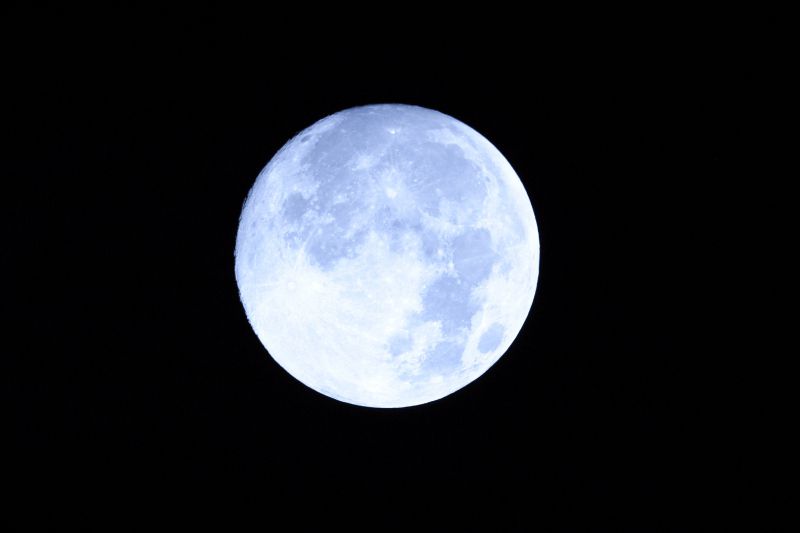So I’ve spent a few happy months in the back garden now learning how to use the telescope and finding my way around the night sky. It’s surprisingly difficult. Everything appears upside down and back to front. The scope only sees a very tiny portion of the sky. It is filled with many many more stars then are visible either with the naked eye or binoculars, and more than appear than on even quite detailed start charts. To top it off everything slides across the eyepiece in a matter of minutes or even seconds as the earth rotates and the sky appears to move.
Anyway, I figured it was about time to try and capture some of the sights of the night sky. Firstly for posterity but secondly because capturing images with long exposure times theoretically allows one to capture more light and therefore more detail than can be seen with the eye. That’s the theory. What I soon realised was that astrophotography is a specialist, technical and complex field in its own right.
So, after much research I purchased a second hand Canon EOS 300D digital SLR camera body (i.e. with no lenses). Good old Ebay! Extra bits and pieces required included a shutter release cable, adapters to connect the camera to the telescope, and most importantly, two tracking motors to add to the telescope mount to enable it to track the moving sky whilst long exposures are taken. More information on setup to follow later.
For now, here is the first image taken. I went for something too big and obvious to miss! No tricky long exposures. Relatively easy to focus. No fancy post processing. Just a standard photo, but using the scope as a gigantic camera lens.

For a first shot it came out pretty well! Bear in mind that photos at full moon are pretty flat and featureless, due to the full face on lighting from the sun (that’s my excuse anyway!). A half moon or less for example will show greater contrast and more crater detail, but that will have to wait.
